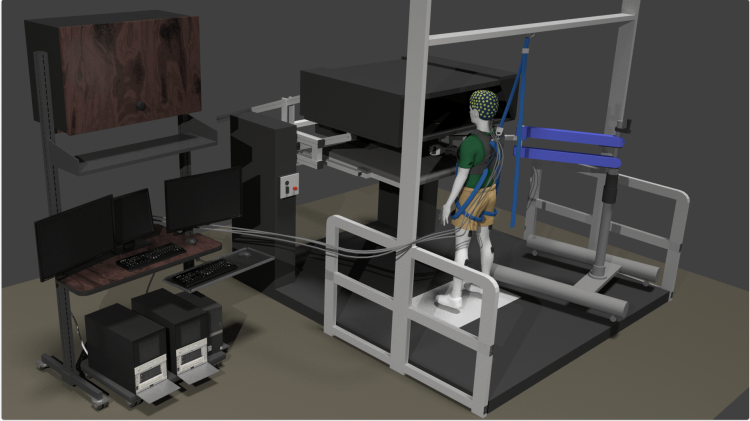-
About
Explore
-
Undergraduate
ExploreUp a level (this gets replaced in JS)
-
Getting Started
Explore
-
Future and Current Students
Explore
-
Get Connected
Explore
-
Get Involved
Explore
-
Diversity and Inclusion
Explore
-
Academic Advising
Explore
- Visit and Apply
- Student Profiles
- Donate
-
Getting Started
-
Graduate
Explore
-
Research
Explore
-
Alumni
ExploreUp a level (this gets replaced in JS)
-
Get Involved
Explore
-
Achievements
Explore
- Contact
- KINES News
- Donate to KINES
- Update Your Contact Information
-
Get Involved
-
Outreach & Service
Explore
-
Contact
Explore
-
Departments
Explore
-
Research Centers
Explore
-
Central Administration
Explore
-
Training and Support
Explore
- Contacts/Directory
Eye movements may help people anticipate contact and remain stable

Purpose
This study will explore how specific eye movements contribute to the ways a person anticipates and compensates with their posture when they are stabilizing their body. Researchers want to understand how the brain processes motion to stabilize posture.
The researchers are using a KINARM robot with eye-tracking in an augmented-reality environment to study people's eye movements and physical responses through their hands.
Impact
As people age, their ability to react and balance decreases, this is also true for people with neurological disorders. Eventually, this work could lead to treatments that prevent falls and poor posture for aging and neuro-compromised adults.

Someday, this work could help older adults and other people at risk of falling use eye-movement training to improve their stability .
Tarkeshwar Singh
Key Findings
Initial results suggest that slow eye movements contribute to a person's ability to adjust their posture in anticipation of contact with something like catching a ball.
Investigators
Principal investigator: Tarkeshwar Singh,
Graduate students: Taylor Rosenquist, Oindrila Sinha
Collaborators
These studies are being done in collaboration with researchers from the New York Institute of Technology, University of Verona (Italy), and University of Lille (France).
Next Steps
The current project will continue until 2026. Singh is currently applying for federal funding.

